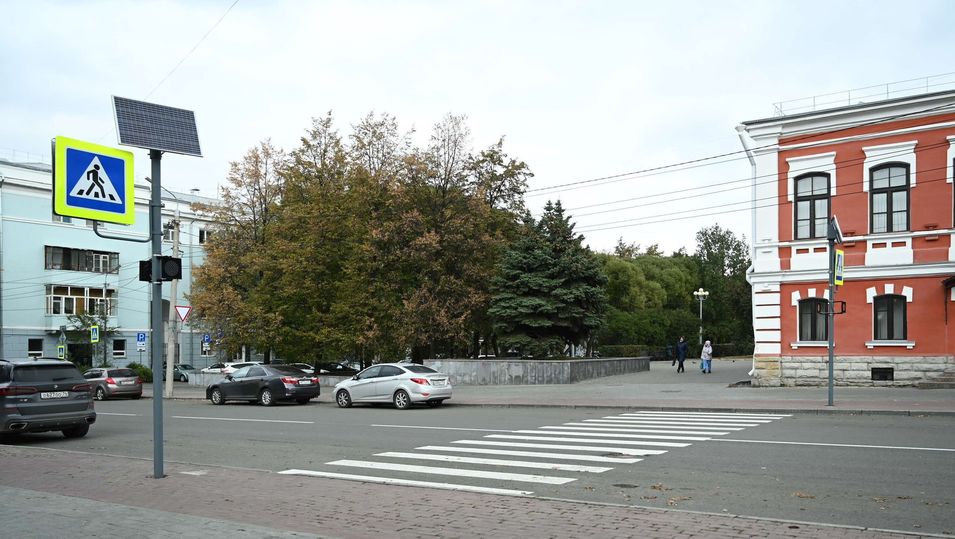Scientists have found that alternative energy can be effective even in the Urals
[ad_1]
The issues of energy saving and the development of renewable energy systems have become one of the most pressing in the 21st century, not only because the resource base of traditional energy is exhaustible. Alternative energy reduces the risk of harm to the environment, and such green technologies are now not only in vogue, they are vital.
The leading countries in these matters are China, the USA, Brazil, India and Germany. Russia is still noticeably behind them, but what is remarkable is that specialists in the field of renewable energy sources from China come to study this issue in the Urals Chelyabinsk.
Experts point out that alternative energy began to develop in our country in regions where the natural potential of renewable energy sources was considered the greatest. These are, for example, the Astrakhan and Orenburg regions, the Crimea and Altai, the Stavropol Territory, Adygea and Kalmykia. Somewhere there is a lot of sun, somewhere in the steppes there is a constant wind – what is needed for solar and wind stations. However, such green energy is also used in the Urals.
If you come to Chelyabinsk, you will see an example of the introduction of solar panels into the urban space. With their help, they charge lamps at public transport stops and pedestrian traffic lights. Solar panels are a completely familiar phenomenon for Chelyabinsk residents and even a “trick” in the interior of the city. The use of renewable energy from the sun in this Ural city is planned even more widely, for example, for lighting houses and public buildings – there are technological possibilities for this. Experts have calculated that solar panels installed on the roofs of residential buildings help to reduce traditional energy costs by up to 10 percent.
– Renewable energy sources are generally available everywhere and regardless of the weather. In the Urals as well. Even when it is cloudy, the sun’s rays still penetrate through the clouds, everyone knows this, – explains Irina Kirpichnikova, Doctor of Technical Sciences, Professor at South Ural State University.
Photovoltaic converters of the solar battery are really capable of generating electric current even in cloudy weather. Low air temperatures in winter are also not a hindrance – in this case, the angle of inclination of the panels relative to the ground is important.

But if solar energy is available in Chelyabinsk in sufficient quantities to build power plants (1150 kilowatt-hours per square meter per year), things with wind energy in the Urals are more complicated, but scientists have found a way out.
“In order for horizontal wind turbines to work effectively, these are well-known three-bladed ones, the wind needs more than five meters per second,” continues Professor Kirpichnikova. – In Chelyabinsk, the average annual values are three to four meters per second, and this is not enough for the construction of a wind farm. However, now there are technologies and developments of vertical-axis wind turbines, and they just work at low wind speeds. Just such a self-spinning wind turbine has already been invented at SUSU. In it, the axis of rotation is perpendicular to the horizontal surface of the Earth, a small gust of wind is enough to make it work.
The use of renewable energy sources, of course, does not imply a complete replacement of traditional sources. It is important that due to them it is possible to reduce the so-called carbon footprint – carbon dioxide emissions in the production of any product, and especially at thermal power plants, where the production of one gigawatt-hour of electricity is accompanied by CO2 emissions in the amount of 700 tons. Since Chelyabinsk is still an industrial city, great attention is paid to alternative energy in it. Universities even train specialists in this field, and under a joint program with a Chinese university, students from the PRC come to the Ural city to study here in the renewable energy profile.
[ad_2]
Source link








